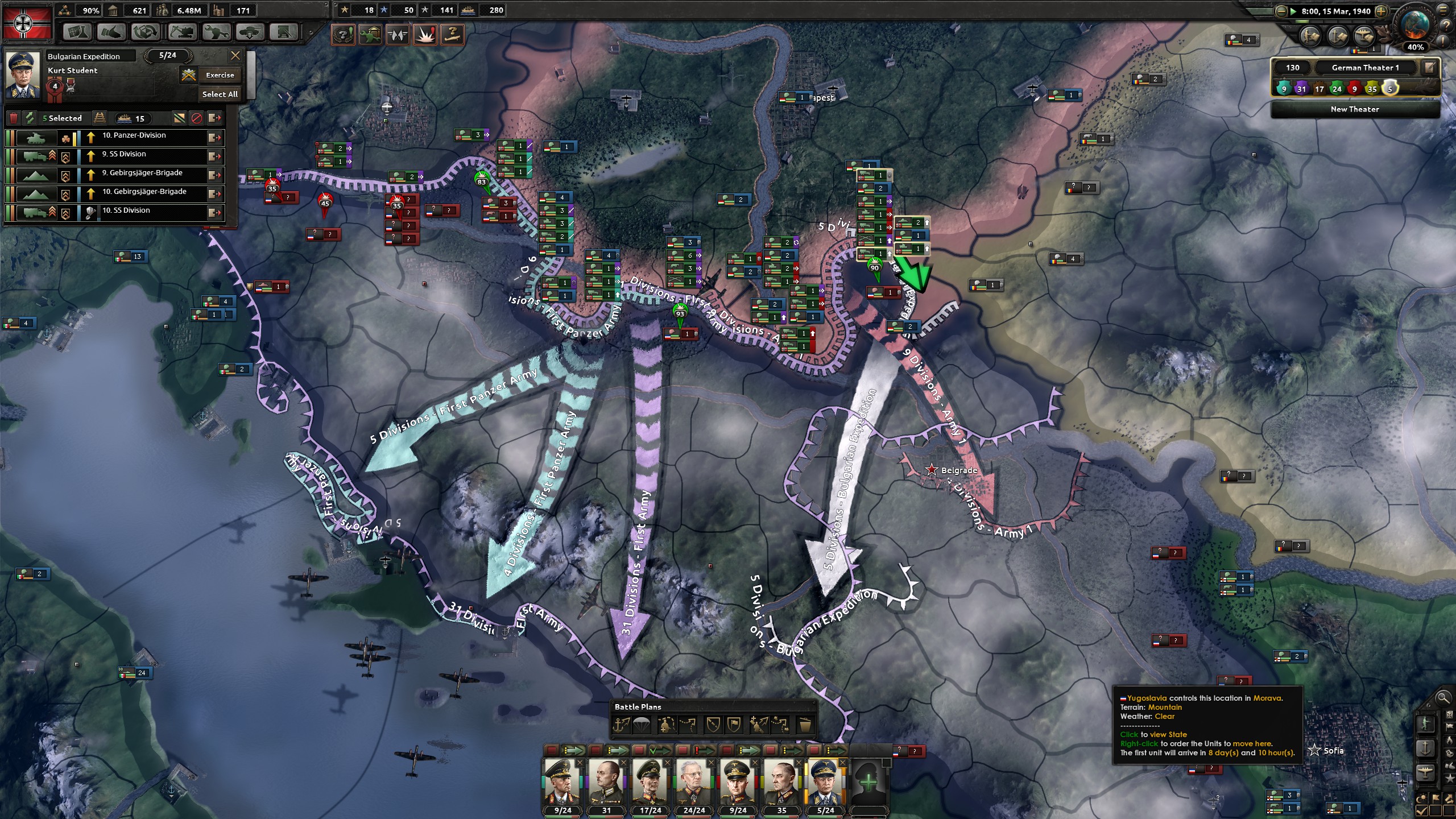

The USSR is the main focus of new content and has a massive new focus tree, special decisions and events. Likewise, many of the limitations that held back Allied intervention in mainland Europe seem to be non-existent, with Italy being regularly knocked out quickly by invasion (without, seemingly, German intervention) and France being freed in record time.Īs for the paid DLC content itself: it’s mostly good. I’m not the type of player who expects a truly close reproduction of the conflict but the real-life difficulties that defined war on the Eastern Front, in China, in North Africa simply aren’t convincingly reproduced. While I have no doubt that this is the sort of thing that Paradox will continue to tweak and improve, it was a major disappointment in the prerelease build that I had access to.

I’m not quite sure what the issue there is but I suspect that it is a combination of both skewed AI priorities as well as the penalties for being out of supply being too low or not scaling sufficiently for large armies. Most of the Balkans, Western Europe and North Africa were captured in a few months while the Germans continuously press their attack in the East As large parts of Poland were being freed from a offensive that came from the Balkans and Austria, the Germans continued to push the Soviets back and managed to capture Stalingrad. Twice, a stalemate developed on the front, despite Allied forces knocking out Italy, recapturing Western Europe and marching on Berlin seemingly unopposed. Only once in more than a dozen games did the Soviets manage to counterattack and eventually push the invaders back. I ran several hands-off tests by playing as a neutral country that did not interact with the world. There are none of the seasonal offensives that were typical of these fronts as mud or severely cold temperatures would stop entire army groups in their tracks.Įven with horrific 1:1 casualties that number in the millions for the Axis powers, I found that both Japan and Germany continue to dominate their “main” enemies. It performs particularly poorly in the vastness of the USSR or in China, where attrition takes its toll as continuous offensives grind on and on in poorly-supplied areas. I observed it building rail lines in places, to get supplies to the front, but for the most part it continues to attack all along a front even when a good portion of its forces are under-supplied and slowed down in adverse terrain.


That said, the AI is less-than-impressive when it comes to taking advantage of this system. It’s safe to say that it’s a marked improvement to the old system and that in areas with low infrastructure it can be a right pain to keep momentum. There’s plenty to love and I instinctively found myself planning offensives with supply hubs as primary objectives disrupting enemy supply likewise was something that I found myself doing more and more. I’ve played several games and observed the new supply system and how it fits in with the overhauled combat and weather systems. This new system is fairly elegant and adds an element of complexity that is easily understood and interacted with. Trains and rail lines make an appearance and, in order for armies to fight effectively, supply lines have to be protected and supply hubs captured.
HEARTS OF IRON 4 PATCH
While there’s plenty to chew on in terms of new free features and enhancements in the large patch that has come out alongside No Step Back, the most noticeable and important of these is the overhaul of the logistics system. YouTube videos require cookies, you must accept their cookies to view.


 0 kommentar(er)
0 kommentar(er)
